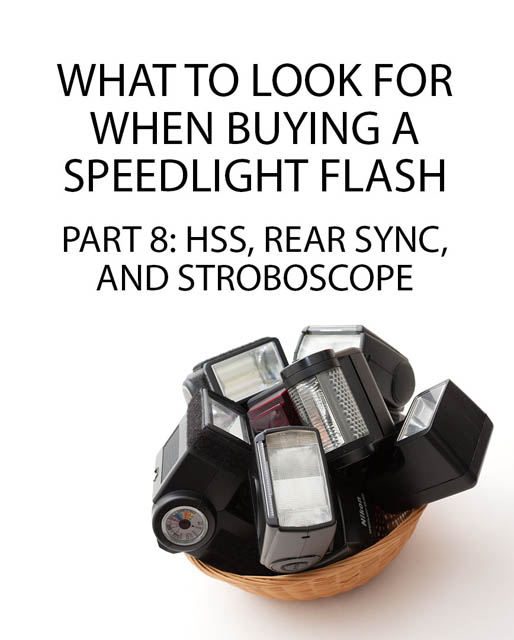What to look for when buying a Speedlight Flash: HSS, rear sync, and stroboscope
In this final article on choosing a speedlight flash, we'll look at two flash modes that aren't used a great deal, but can come in very useful when looking for creative shots. And we'll also cover a mode that isn't used a great deal, and is unlikely to come in useful, but can be fun to play with, and is worth knowing about.
High Speed Sync mode
High Speed Sync mode allows a speedlight to work with your camera at fast shutter speeds. All cameras have a max flash sync speed, which is typically around 1/180 - 1/320s. At shutter speeds faster than this, a single flash doesn't highlight the whole frame - you'll get only a portion of the frame lit by the flash.
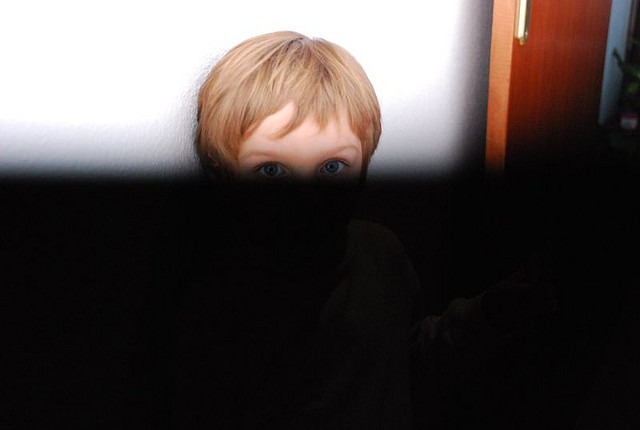
Velocidad Sincronizacion flash by Frank Black Noir on Flickr (licensed CC-BY) - taken with standard flash and a shutter speed faster than the camera's maximum flash sync speed.
High Speed Sync gets around this restriction by firing the flash multiple times during the exposure, synced in time with the camera's shutter to ensure the whole frame is exposed evenly. It requires both a camera and speedlight that supports High Speed Sync. As with TTL exposure, you need to ensure that the speedlight is compatible with your camera system for High Speed Sync to work.
There aren't a lot of situations where both a fast shutter speed and flash are used together, but it can come in handy on some occasions. For example, adding fill flash when shooting fast moving subjects such as birds in flight or sports. Or adding fill flash when photographing using a wide aperture, or on a bright sunny day. Or adding flash while underexposing the rest of the image.
If you plan on using flash a lot while shooting outdoors in bright sunlight, then High Speed Sync should come in pretty useful. Even in somewhat lower light levels, such as late afternoon, HSS flash may be needed if you want to combine flash and a large aperture for shallow DoF. But for more general photography it's unlikely to be a feature you need very often.
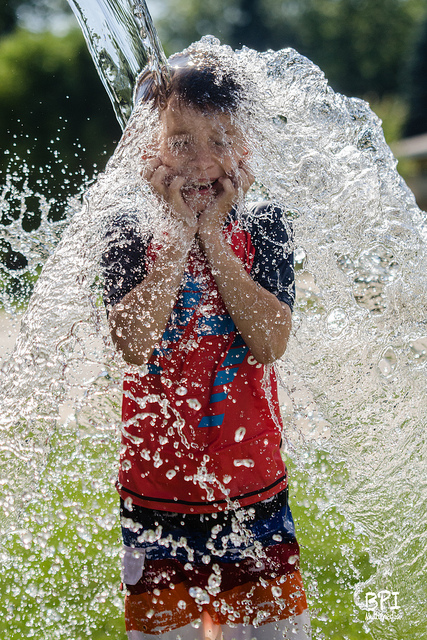
BS1_1002 by Brent Schumacher on Flickr (licensed CC-BY-ND) - in bright light high speed sync flash and a fast shutter speed help freeze fast action
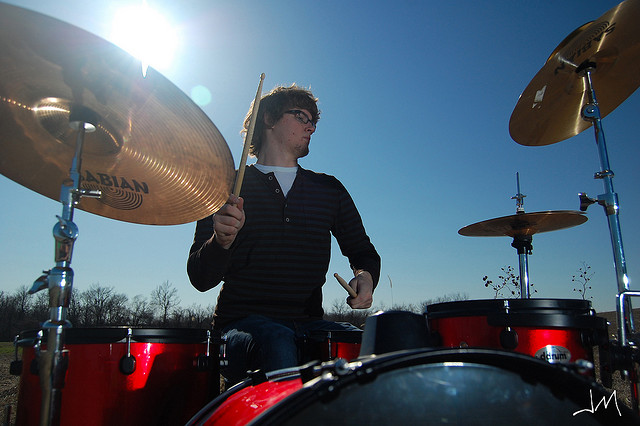
Full kit by Jeff Meyer on Flickr (licensed CC-BY) - high speed sync flash can also help you underexpose the background when shooting in bright light
While high speed sync is essential for combining flash and a fast action-stopping shutter speed in bright light, it is not needed in lower light levels. In lower light levels the flash becomes the main light source, and so a fast shutter speed is not needed for high speed photography. Instead the flash duration acts as the effective shutter speed.
Rear curtain sync
Another feature that is dependent on having both a camera that supports it, and a flash that talks the same language as your camera is Rear curtain sync. Normally a flash will fire at the start of the exposure. With rear curtain sync (also known as second curtain sync) the flash instead fires at the end of the exposure.
For general photography, this doesn't make any difference. Where it does make a difference is when combining movement (utilizing a slow shutter speed) with flash. The standard first curtain sync fires the flash, freezing the subject at the start of the exposure, then the subsequent movement during the exposure is recorded as blur.
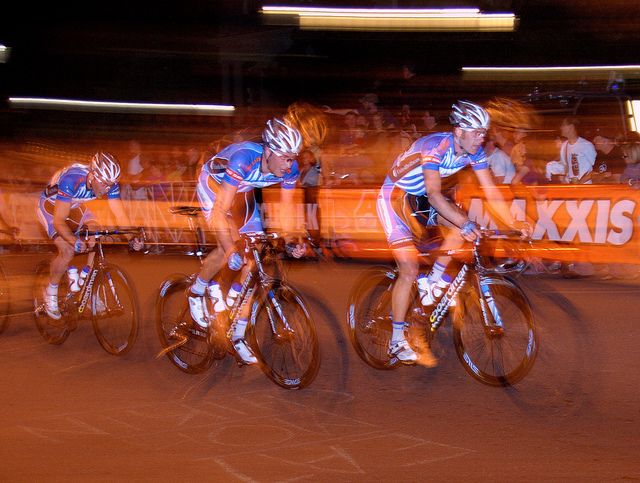
Men's Race by TimothyJ on Flickr (licensed CC-BY)
Rear curtain sync records the blur from the subject movement during the exposure, then freezes the subject with the flash at the end of the exposure. This results in a much more natural looking and pleasing result.
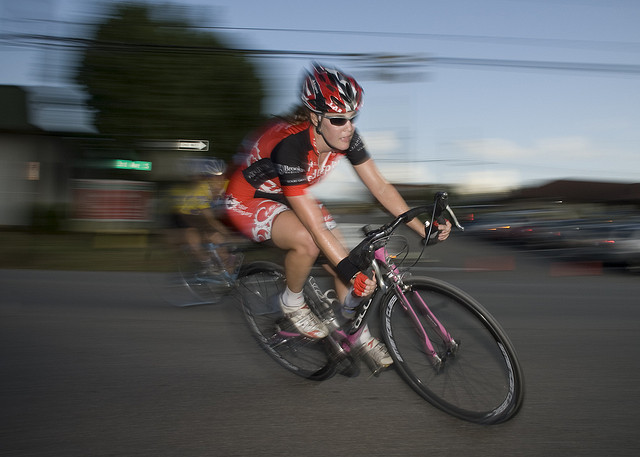
2008 Crit by Richard Melanson on Flickr (licensed CC-BY-ND)
Event and wedding photographers are very likely to want a flash that supports rear curtain sync to allow them to capture this type of image. For more general photographers it's another feature that's nice to have, expanding the types of images you can create, but not likely to be that high on your priority list of features.
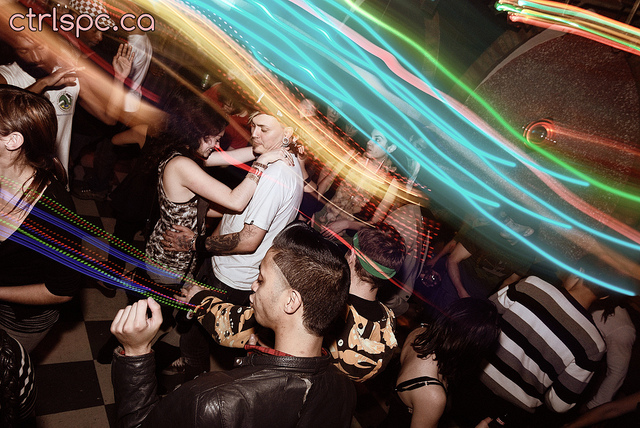
Brukout Reunion by Sharif / Sean Sharifi on Flickr (licensed CC-BY-ND)
Stroboscopic feature
More of a gimmick than a must-have feature, stroboscopic mode allows you to set the flash to fire a quick succession of pulses during an exposure. When used with a moving subject, (so long as the flash is the dominant light source), this gives an effect similar to a high speed burst of images captured as a multiple exposure.
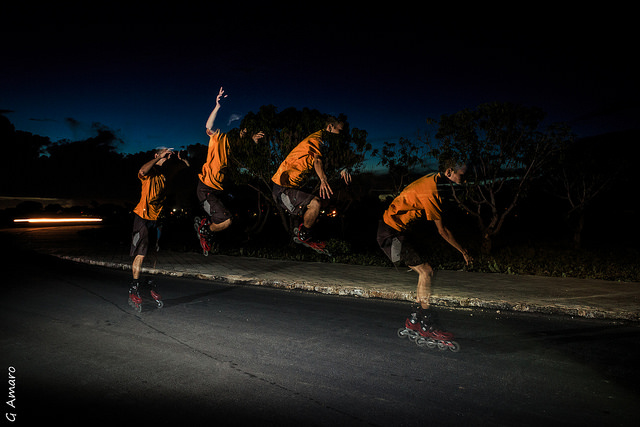
Strobo Jumping by George Amaro on Flickr (licensed CC-BY)
Each pulse of light freezes the subject where they are in the scene at that point of time. Generally you can change both the speed at which the pulses are fired, and the number of pulses. The higher the flash power needed though, the fewer pulses the flash will be able to fire, and the longer it will have to leave between each pulse.
There aren't many practical uses for stroboscopic mode, but it can be something that's fun to play with every now and then.
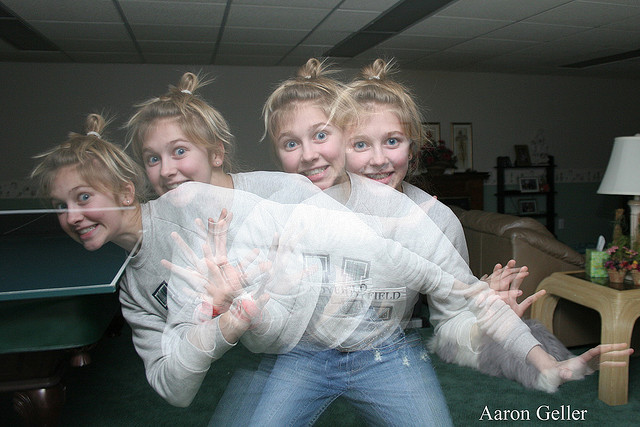
Monica Everywhere by Aaron Geller on Flickr (licensed CC-BY)
And that about wraps up this series on choosing a speedlight flash. Over the last nine articles we've covered a lot of features - some of these features will be important to you, others not important at all. I can't tell you which flash is best for you - you know what and how you like to shoot (or would like to), and so are in the best position for picking the best flash for your needs.
With the information in these articles I hope I've described the various features well enough that you can decide which flash gives the best value for you and your photography.
